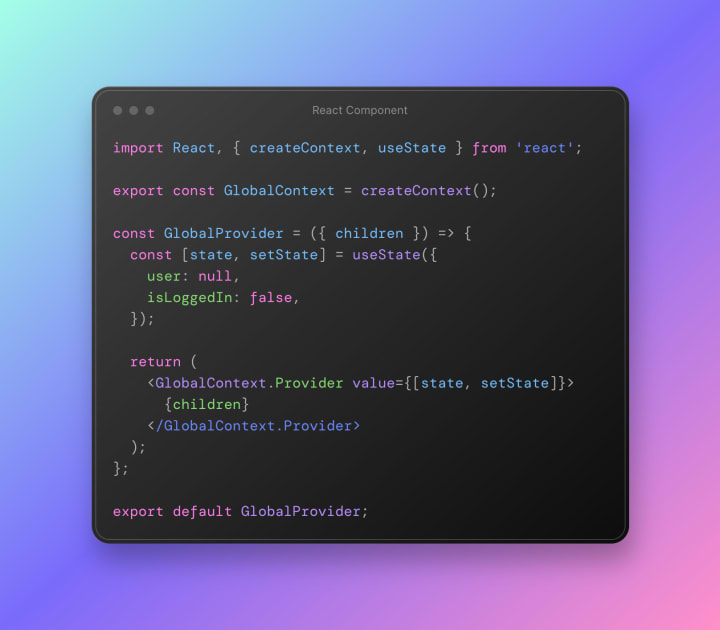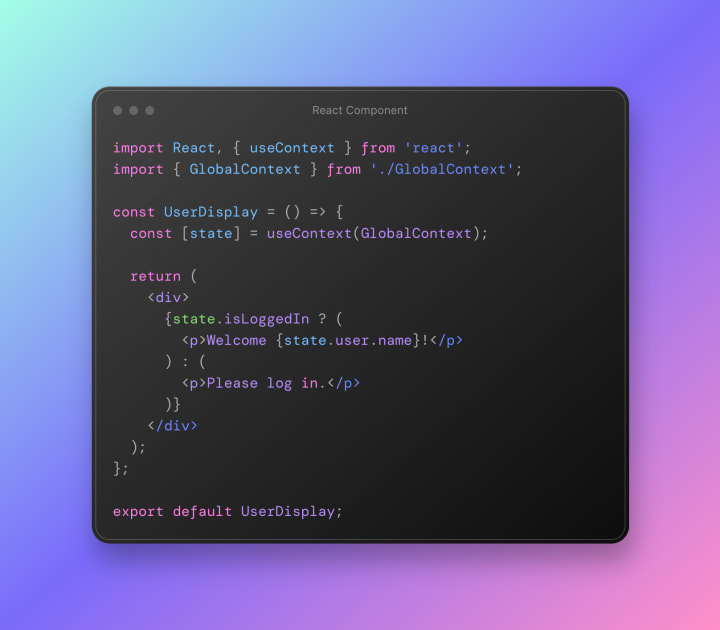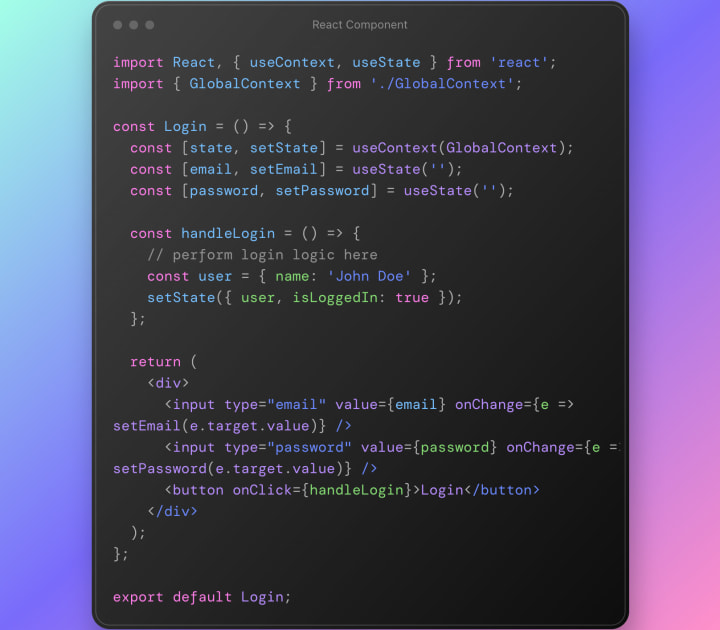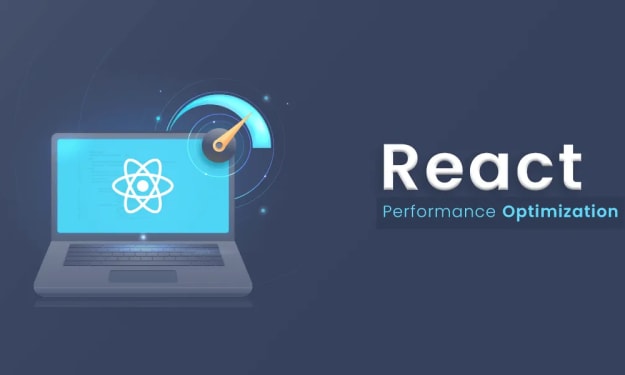Use React hooks and the Context API to manage global state
React Hooks & Context API

React hooks and the Context API are powerful tools that can be used together to manage global state in React applications. In this blog, we’ll explore how to use these tools to create a centralized state management system that simplifies the process of sharing data between components.
What are React Hooks?
React hooks are a set of functions that allow us to use state and other React features without writing class components. They were introduced in React 16.8 and have become an essential tool for modern React development. There are several hooks available, but the most commonly used ones are useState, useEffect, useContext, and useReducer.
What is the Context API?
The Context API is a way to pass data through the component tree without having to pass props down manually at every level. It allows you to create a centralized state that can be accessed by any component in the tree. This makes it an ideal solution for managing global state in React applications.
Using React Hooks and the Context API for Global State Management
To use the Context API for global state management in React applications, we need to create a context object using the createContext() function from the React library. This context object can then be used to share data between components without having to pass props down manually at every level of the component tree.
Once we have created the context object, we can create a provider component that will wrap our application and provide the context to all child components. This provider component includes a value prop set to the state object and a function to update the state.
We can then use the useContext hook in any child component that needs to access the global state. The useContext hook takes the context object as an argument and returns the state object and the function to update the state.
With the useState hook, we can update the global state from any child component that has access to the state object and the update function provided by the context provider. This allows us to easily manage global state in a centralized location, simplifying the process of sharing data between components and making it easier to build complex applications with ease.
Overall, React hooks and the Context API provide a flexible and scalable way to manage global state in React applications, making it easier to build complex applications with ease.

In this example, we’ve created a GlobalContext object using createContext(). We then create a GlobalProvider component that takes a children prop and returns a Provider component with a value prop set to an array containing the state object and a function to update the state.
We can now use the useContext hook to access the state in any child component that needs it.

In this example, we’ve imported the GlobalContext object and used the useContext hook to access the state. We then conditionally render a message based on whether the user is logged in or not.
Using the useState hook, we can update the global state from any child component.

In this example, we’ve used the useState hook to create two pieces of local state — email and password. We’ve also destructured the state and setState functions from the GlobalContext
Conclusion
In conclusion, React hooks and the Context API provide a powerful combination for managing global state in React applications. With the useContext hook, we can easily access the state from any child component, and with the useState hook, we can update the global state from any component. This makes it easy to create a centralized state management system that simplifies the process of sharing data between components.
By creating a context using createContext(), we can create a provider component that wraps our application and provides the context to all child components. The provider component includes a value prop set to an array containing the state object and a function to update the state.
Overall, React hooks and the Context API provide a flexible and scalable way to manage global state in React applications, making it easier to build complex applications with ease.
About the Creator
Qaiser Abbas
Frontend Web Developer | ReactJS Expert | Shopify Expert | Wordpress Expert | Mobile App Developer






Comments
There are no comments for this story
Be the first to respond and start the conversation.